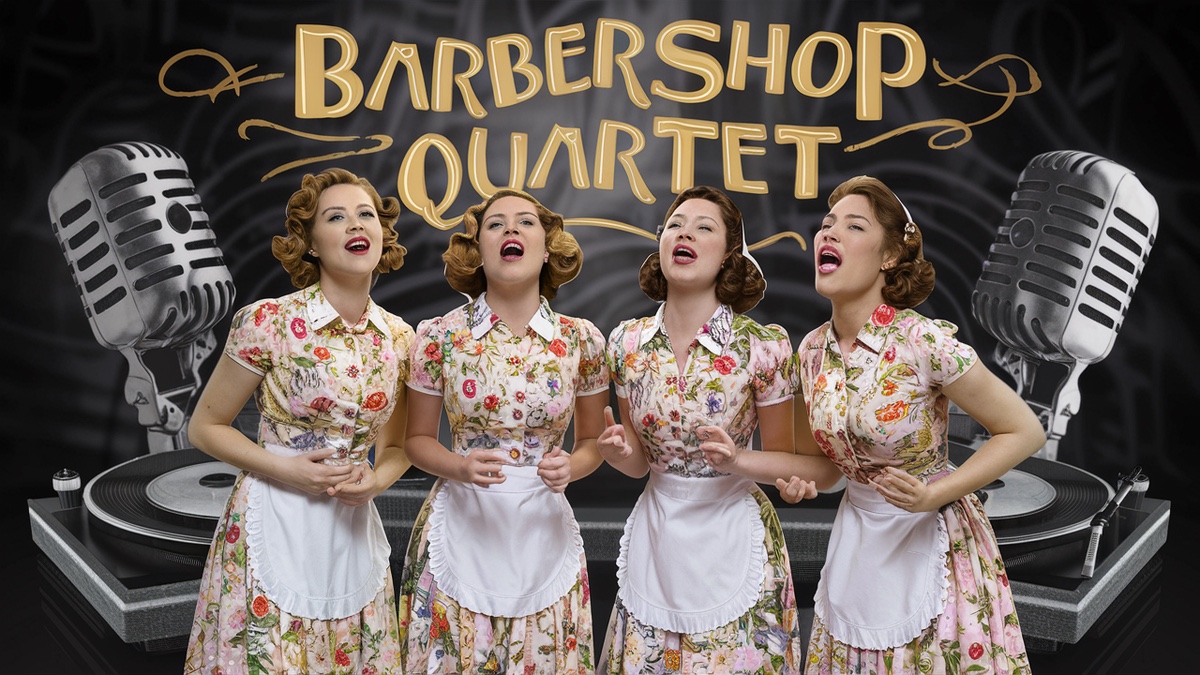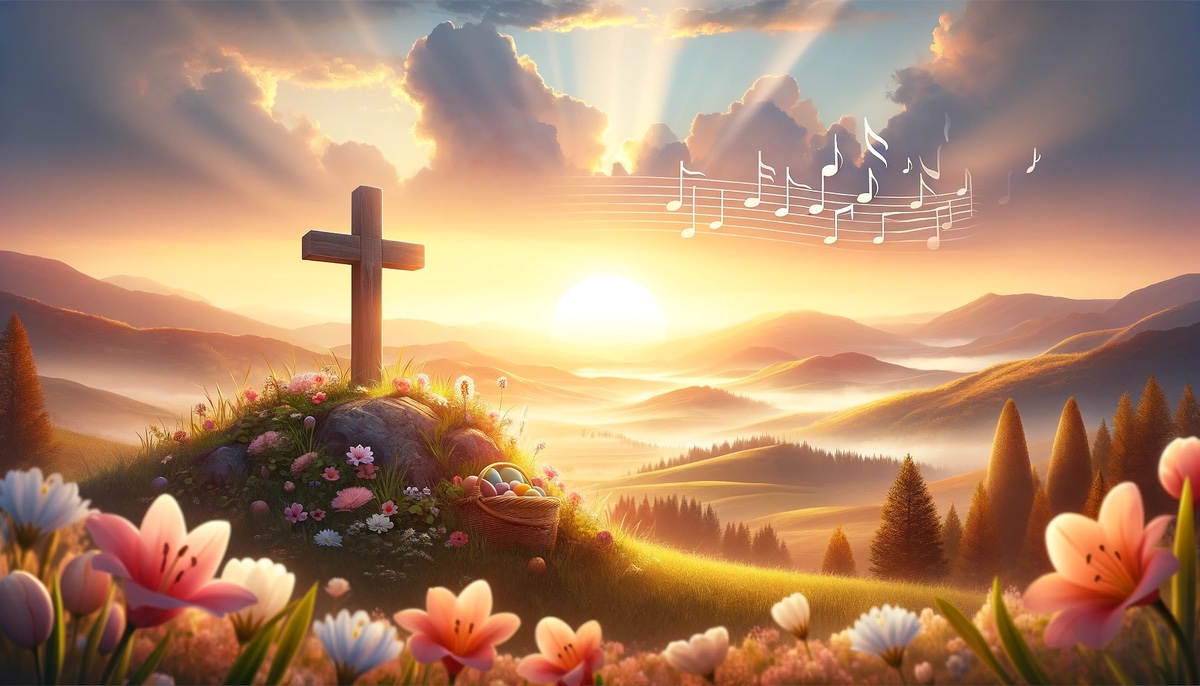Since starting this blog, I’ve been getting notifications for local events. One was for a Washington Balalaika Orchestra Concert coming up in June, which will post here in May. I was intrigued and looked up more information on them.
Pretty much all I knew came from Doctor Zhivago.
My search took me to Facebook where I read this post:
“Interested in playing beautiful music with a fun group of new friends? Consider joining the Washington Balalaika Society Orchestra, a wonderful group that plays music from around the world on traditional folk instruments. We are so fortunate to have our brilliant, conservatory-trained conductor, who brings out the best in all of us. We rehearse Wednesday nights at 7:30 in Arlington. We have lots of openings in our balalaika, domra (much like a mandolin), and percussion sections. We have instruments to lend and teachers to teach. Come join the fun!”
I figured – I know a bit about music and had Wednesday nights free so, why not? I sent this off:
“I am interested in learning either balalaika or domra if there are available teachers. I don’t have either instrument but I’m willing to buy one. I’m a piano teacher and also play tenor recorder, a bit of violin and such. Thank you!”
And got a reply pretty quickly:
“Yes we’d love to have you and can provide a loaner instrument. I will ask out President to get back to you…Mary – Thank you for your interest in playing with WBS. Yes, we can lend you an instrument and yes, we have teachers. In fact, if you join us, we will provide you with two lessons at orchestra expense. Please send me an email message to XX and we can start a conversation right away. We have new people joining us tomorrow night. It would be lovely to include you.
So, Wednesday, February 28, I headed out to an unknown-to-me location in the pouring rain for my very first balalaika rehearsal. They had me sitting in the alto section. Who knew there were all grades of balalaikas? Turns out the balalaika family includes the piccolo, prima, secunda, alto, bass, and contrabass balalaika.
I met so many nice people, including the conductor – it was great! It turned out that they needed someone in the secunda section since one of the players is moving to California. So, on Friday, after Water Aerobics, I found myself in a grocery store parking lot getting a balalaika from the president of an organization I’d never heard of 10 days before

Last Wednesday, March 8, it was still pouring rain, but I headed out with my new black binder with printed music for the next concert – SUNDAY! – my new, black, collapsible music stand, my light for the stand, my old violin tuner, a bottle of water, and my new-to-me balalaika for my first lesson with Alexei. I had to buy a new BIG tote for all that stuff (except the balalaika).
Alexei was so helpful – I do have to learn chords but there are only 3 strings and they are tuned to AAD

How hard can it be? HA!
I’d also printed out a basic fingering chart so I can maybe get one of the notes of each chord as it goes by – this music is very fast.

I figured I could ask my AI buddy, ChatGPT for help figuring out the chords and it came back with this:

Nope – sorry. I’ll figure out my own chords, thanks. it looks nice but no.
My new group is playing a concert on Sunday but I don’t have a costume yet, so I can’t go – even if I could get enough of the notes. They wear burgundy sarafans and rubashka. I don’t yet know which is which but this what they look like when they play:
A balalaika orchestra typically includes:
- Balalaikas
A family of instruments in different sizes, from highest to lowest pitch. The balalaika family includes the piccolo, prima, secunda, alto, bass, and contrabass balalaika. We have all of these. - Domras
A group of string instruments that include the piccolo, primo, alto, bass, mezzo-soprano, tenor, and contrabass. The alto domra is similar to a viola in a symphony orchestra, while the bass domra is larger and has a deeper tone. We have all of these. - Bayan
A Russian accordion with buttons on both sides. We have one of these. - Other instruments in a balalaika orchestra include:
- Gusli We have two of these.
- Vladimir Shepherd’s Horns
- Garmoshkas
- Percussion instruments We have all of these.
- Folk winds
- Accordions We have all of these.
- Flutes We have all of these.
- Oboe We have all of these.
- And we have at least one clarinet.
So, I’m hooked after two rehearsals and one lesson. I did see lots of people with wheeled totes so I have one of those coming on Saturday in addition to a pencil pouch and section dividers. When I was leaving rehearsal, I didn’t want to fold up my stand and it was awkward carrying all this stuff to the area where my balalaika case and coat were.
So, next week – I hope it won’t rain! – I’ll be wheeling my stuff around.




